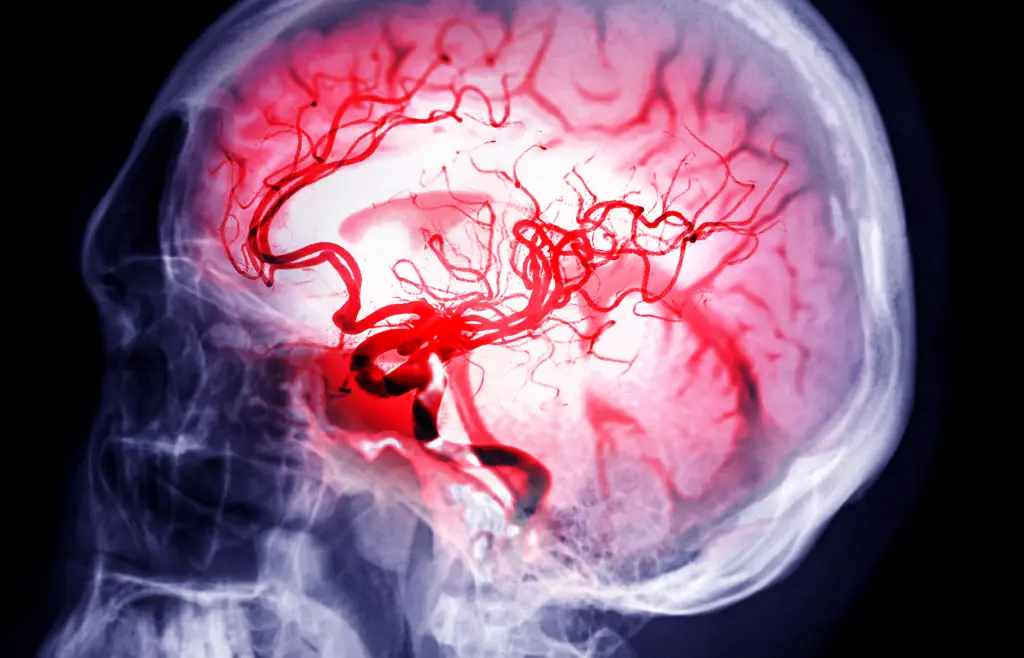Strokes are one of the leading causes of death in the United States, with more than 600,000 Americans expected to experience their first stroke this year alone. The good news? Up to 80% of these strokes can be prevented. By focusing on key lifestyle changes, early screenings, and a proactive approach to health, you can significantly reduce your risk of having a stroke. Let’s explore the most effective strategies to prevent strokes and protect your health.
Understanding Strokes and Their Causes

A stroke occurs when the brain’s blood supply is interrupted, either by a blockage (ischemic stroke) or a ruptured blood vessel (hemorrhagic stroke). This disruption can cause brain cells to die within minutes, leading to severe consequences like disability or even death.
Common causes of strokes include:
- High blood pressure (the leading risk factor)
- High cholesterol
- Diabetes
- Obesity
- Smoking
- Sedentary lifestyle
Given that strokes were the fourth leading cause of death in the U.S. last year, understanding how to minimize your risk is more important than ever.
The Importance of Primary Stroke Prevention
The American Stroke Association (ASA) emphasizes that the most effective way to reduce stroke-related deaths is through primary prevention, which focuses on preventing the first stroke. According to Dr. Cheryl D. Bushnell, chair of the ASA guideline writing group, targeted prevention can make a significant difference, particularly for individuals with a higher risk due to genetics, lifestyle, biological factors, and social determinants of health.
1. Adopt a Heart-Healthy Diet: The Mediterranean Diet
One of the most effective ways to reduce stroke risk is to follow the Mediterranean diet, a plant-based eating plan that emphasizes:
- Fruits and vegetables
- Whole grains
- Healthy fats (like olive oil, nuts, and seeds)
- Lean protein (like fish and legumes)
- Reduced intake of red meat and added sugars
The Mediterranean diet is associated with better heart and brain health and can lower blood pressure, reduce inflammation, and maintain healthy cholesterol levels. It’s also rich in antioxidants, which protect blood vessels and promote overall cardiovascular health.
2. Exercise Regularly for Better Heart Health
Physical activity is a cornerstone of stroke prevention. Regular exercise helps control weight, blood pressure, cholesterol levels, and blood sugar, all of which are critical in reducing stroke risk.
The ASA recommends:

- At least 150 minutes of moderate-intensity aerobic activity per week, such as brisk walking, cycling, or swimming.
- Alternatively, 75 minutes of vigorous exercise per week, like running or aerobics.
- A combination of moderate and vigorous activity can also be effective.
If you’re new to exercise, start slowly and gradually increase your intensity. Even short walks throughout the day can be beneficial.
3. Maintain a Healthy Weight
Obesity is a significant risk factor for strokes. Excess weight, especially around the abdomen, can increase the likelihood of developing hypertension, diabetes, and high cholesterol—all of which contribute to stroke risk.
Tips to Maintain a Healthy Weight:
- Incorporate regular physical activity into your routine.
- Prioritize portion control and mindful eating.
- Opt for nutrient-dense foods, such as vegetables, lean proteins, and whole grains.
- Reduce consumption of processed foods and sugary beverages.
4. Control Blood Pressure, Cholesterol, and Blood Sugar

High blood pressure is often referred to as the “silent killer” because it’s one of the leading contributors to strokes, yet it often presents no symptoms. Keeping blood pressure, cholesterol, and blood sugar within a healthy range can significantly lower stroke risk.
How to Manage These Key Risk Factors:
- Monitor blood pressure regularly and take prescribed medications if needed.
- Adopt a low-sodium diet to help lower blood pressure.
- Manage cholesterol by reducing saturated fats and increasing intake of omega-3 fatty acids.
- Control blood sugar levels through dietary choices, medication, and regular monitoring if you have diabetes.
5. Avoid Smoking and Excessive Alcohol Consumption
Smoking damages blood vessels and raises blood pressure, making it a major stroke risk factor. If you smoke, quitting is one of the best steps you can take to prevent strokes.
Alcohol consumption should also be kept in moderation:
- Limit to no more than one drink per day for women and two drinks per day for men.
- Excessive drinking can raise blood pressure and increase the risk of ischemic and hemorrhagic strokes.
6. Get Adequate Sleep and Manage Stress

Sleep and stress management play a significant role in preventing strokes. Lack of sleep and chronic stress can raise blood pressure and negatively affect heart health.
Sleep Tips for Stroke Prevention:
- Aim for 7-9 hours of sleep each night.
- Maintain a regular sleep schedule, even on weekends.
- Create a relaxing bedtime routine to help your body wind down.
Manage stress through:
- Mindfulness techniques like meditation, deep breathing, or yoga.
- Regular physical activity, which helps relieve stress and improves mood.
- Seeking support from friends, family, or a mental health professional when needed.
7. Address Social Determinants of Health
The ASA also highlights the importance of addressing social determinants of health—factors like education, financial stability, and access to healthcare. These factors can affect an individual’s ability to maintain a healthy lifestyle and access stroke prevention resources.

Healthcare professionals are encouraged to screen patients for social risk factors and provide support in areas such as:
- Access to healthy foods and neighborhood walkability.
- Education about healthy lifestyle choices and preventive care.
- Encouragement for routine health screenings to identify and address risk factors early.
8. Women’s Unique Stroke Risks
Women often face unique risk factors for strokes, including birth control pills, pregnancy-related complications, and longer life expectancy. Women also tend to have strokes later in life than men. Because of these factors, women may need more frequent screenings to ensure early detection of risk factors.
If you are a woman, talk to your healthcare provider about specific risks related to pregnancy, birth control, and menopause that could contribute to stroke risk.
Conclusion: Taking Steps to Prevent Your First Stroke
Strokes are not only common but often preventable. Up to 80% of strokes can be avoided by addressing modifiable risk factors like diet, exercise, weight management, and blood pressure control. Adopting a Mediterranean diet, getting regular exercise, avoiding smoking, and managing stress are just some of the ways you can lower your risk. Additionally, paying attention to social determinants of health and unique risk factors for women can further reduce stroke incidents. By taking proactive measures now, you can protect your brain and overall health for years to come.


